Halloween 2023: The special customs throughout Greece
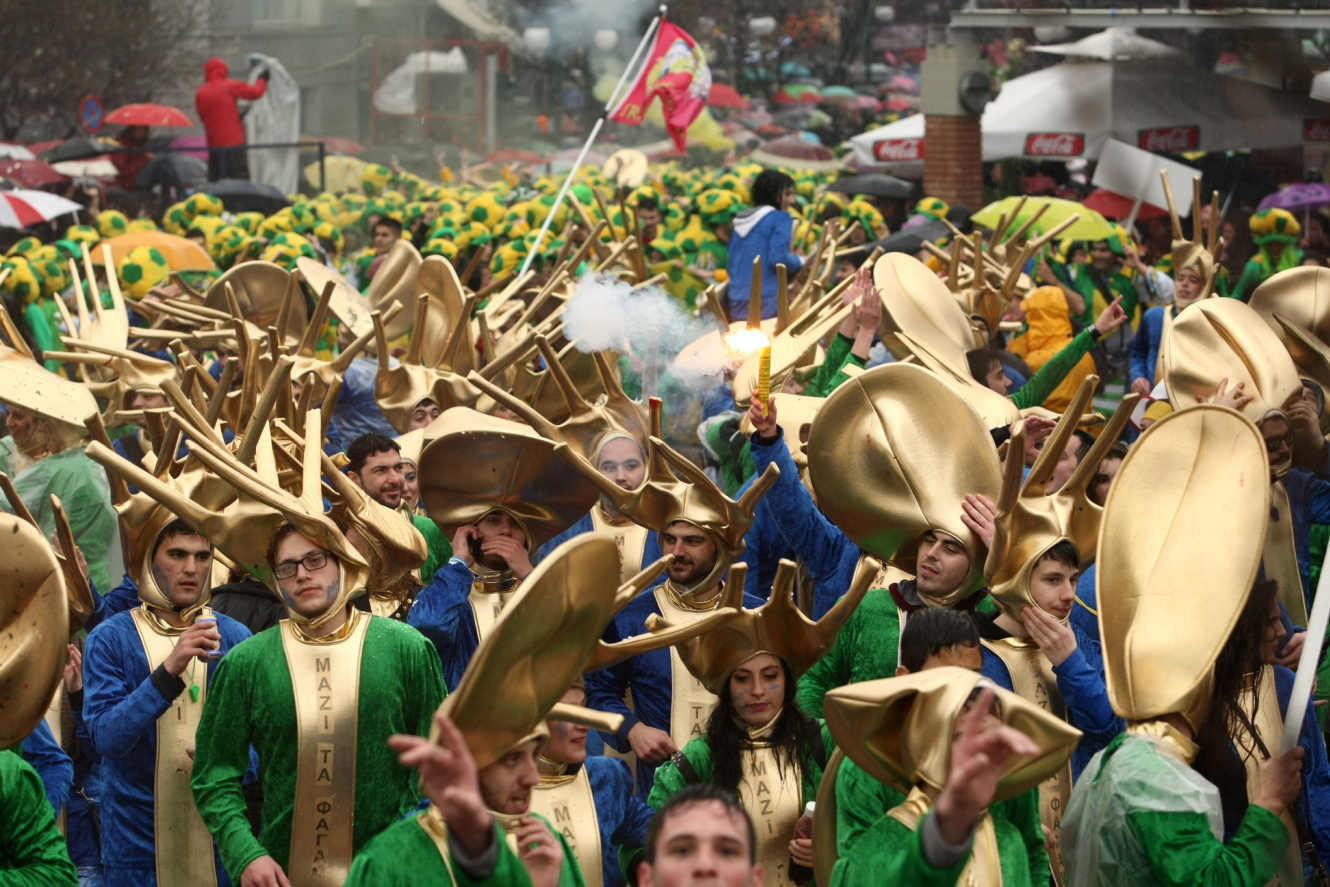

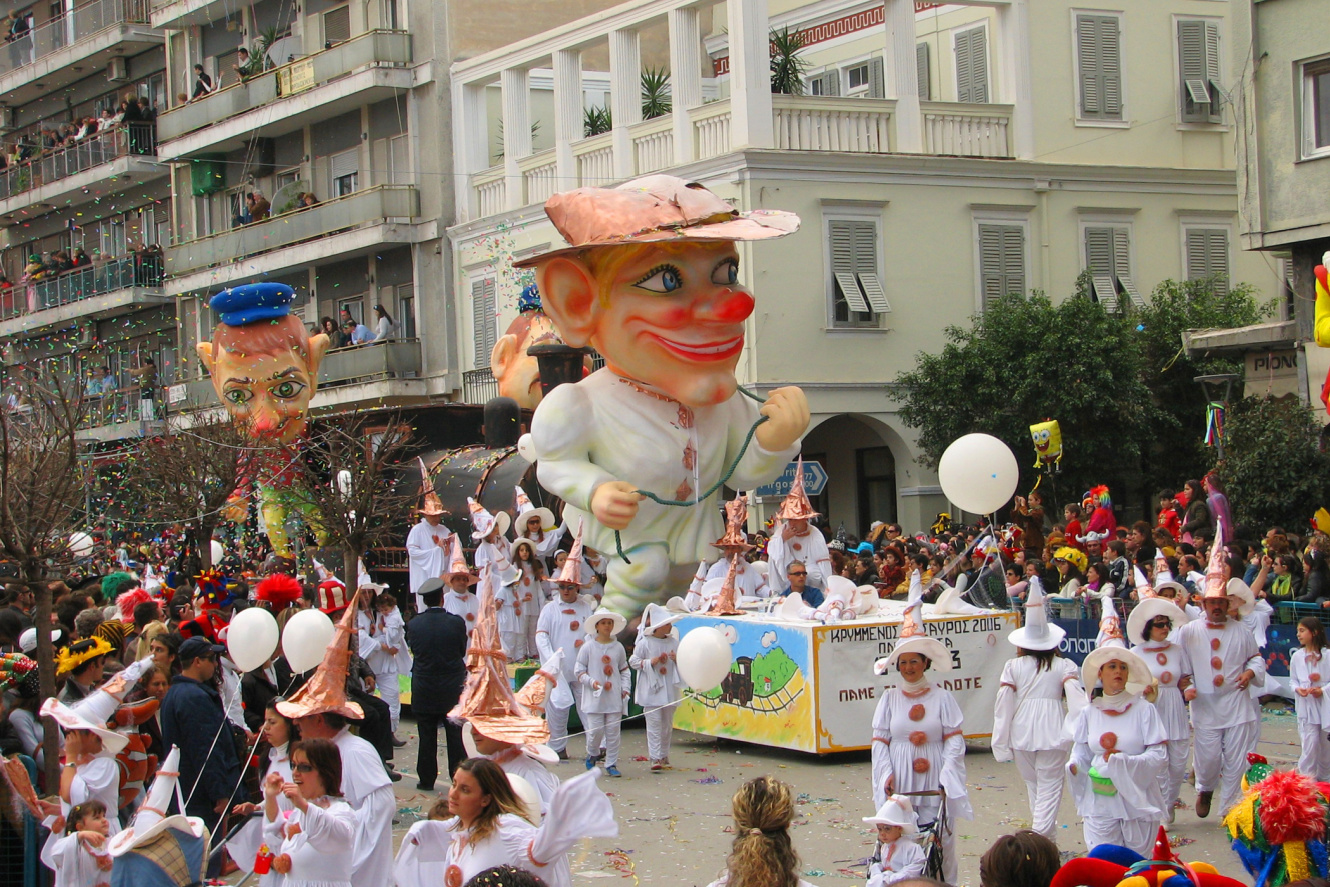
The Carnival of Patras is both the largest and the oldest carnival event in Greece. The Patras Carnival has its roots in the liberation of the city in 1829 and is a set of cultural events and customs that include dances, parades, hidden treasure hunts, a carnival of children, etc. A typical example of a custom associated with Halloween is Bourboulias. This exclusively Patras custom includes evening dances where the ladies come without an escort, wearing a long black dress and a mask, while they have the upper hand in the choice of their cavalier.
The Zakynthos Carnival starts in mid-February with the Treasure Hunt in which everyone participates. The Picollo Carnival takes place on the main street of the town on the Sunday of Kretini, with teams and floats from the island’s primary schools, while the famous and unique in Greece Omirae, which are open-air mock theatrical events in the local dialect, are held throughout the week. The big event, however, takes place on the last Saturday of Carnival with the Venetian Wedding a re-enactment of the wedding customs of the Venetian aristocracy, with costumes, banners, drummers and medieval music. On the last Sunday the parade through the town begins. For food it is worth making a stop at the “Prosilio”.
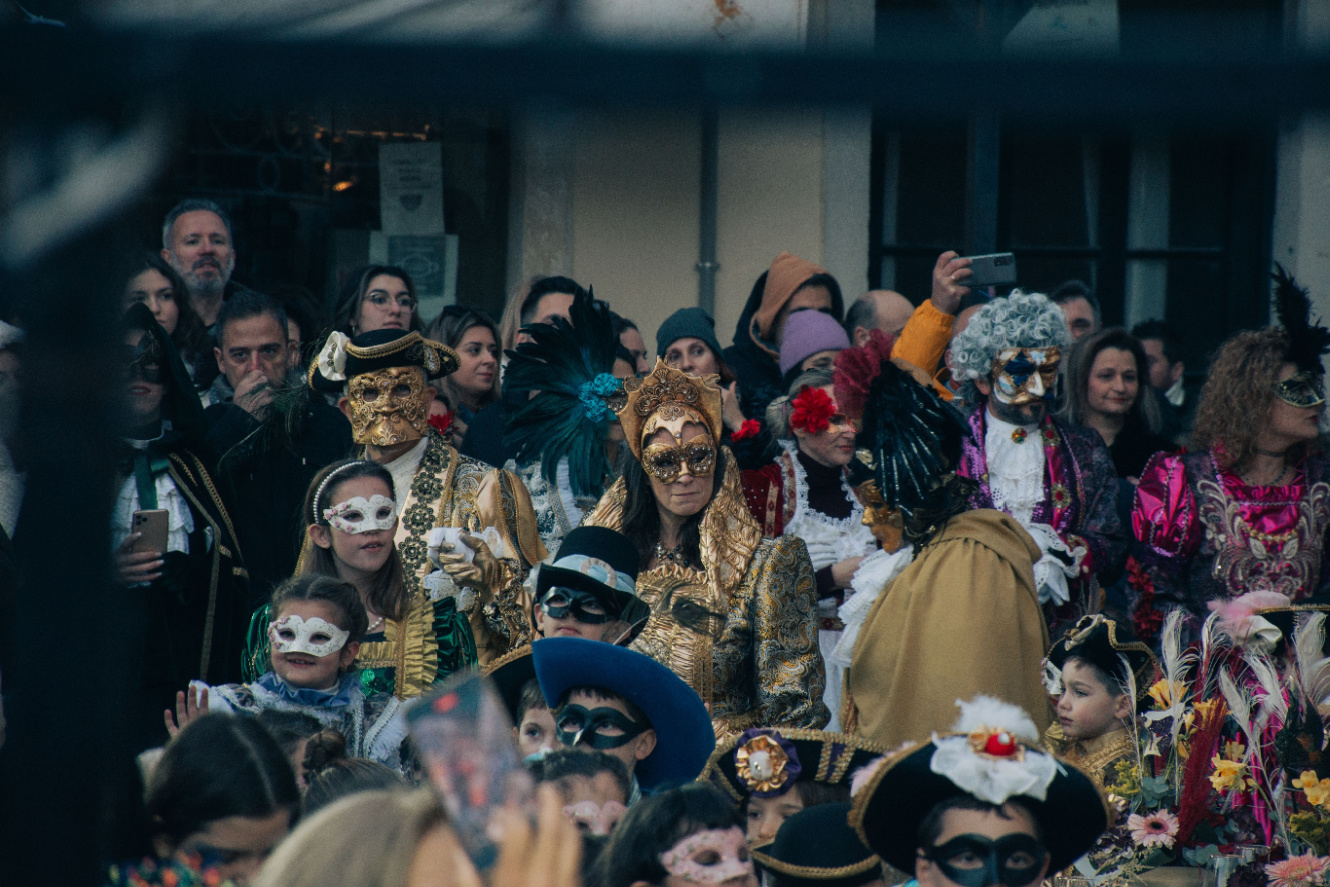
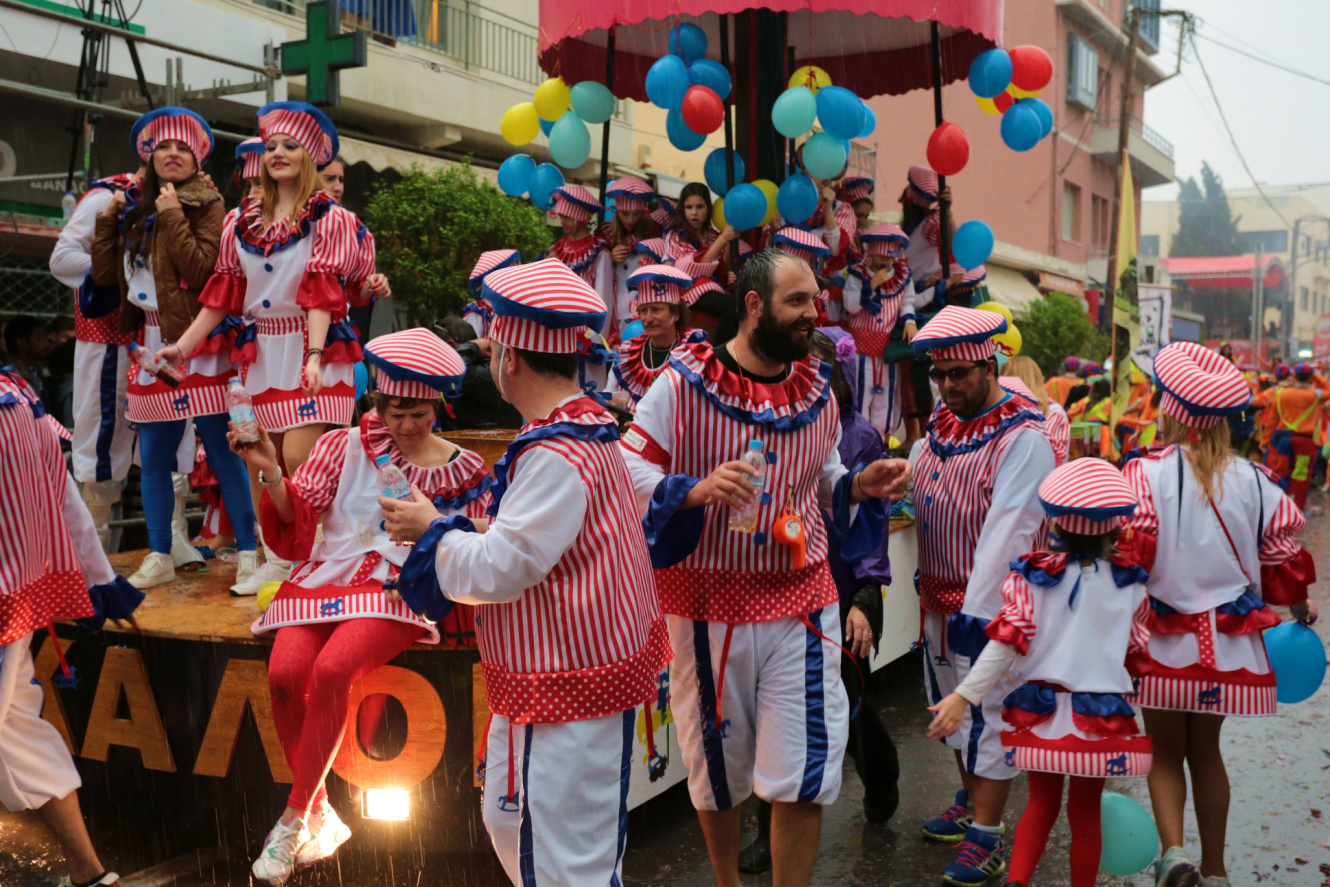
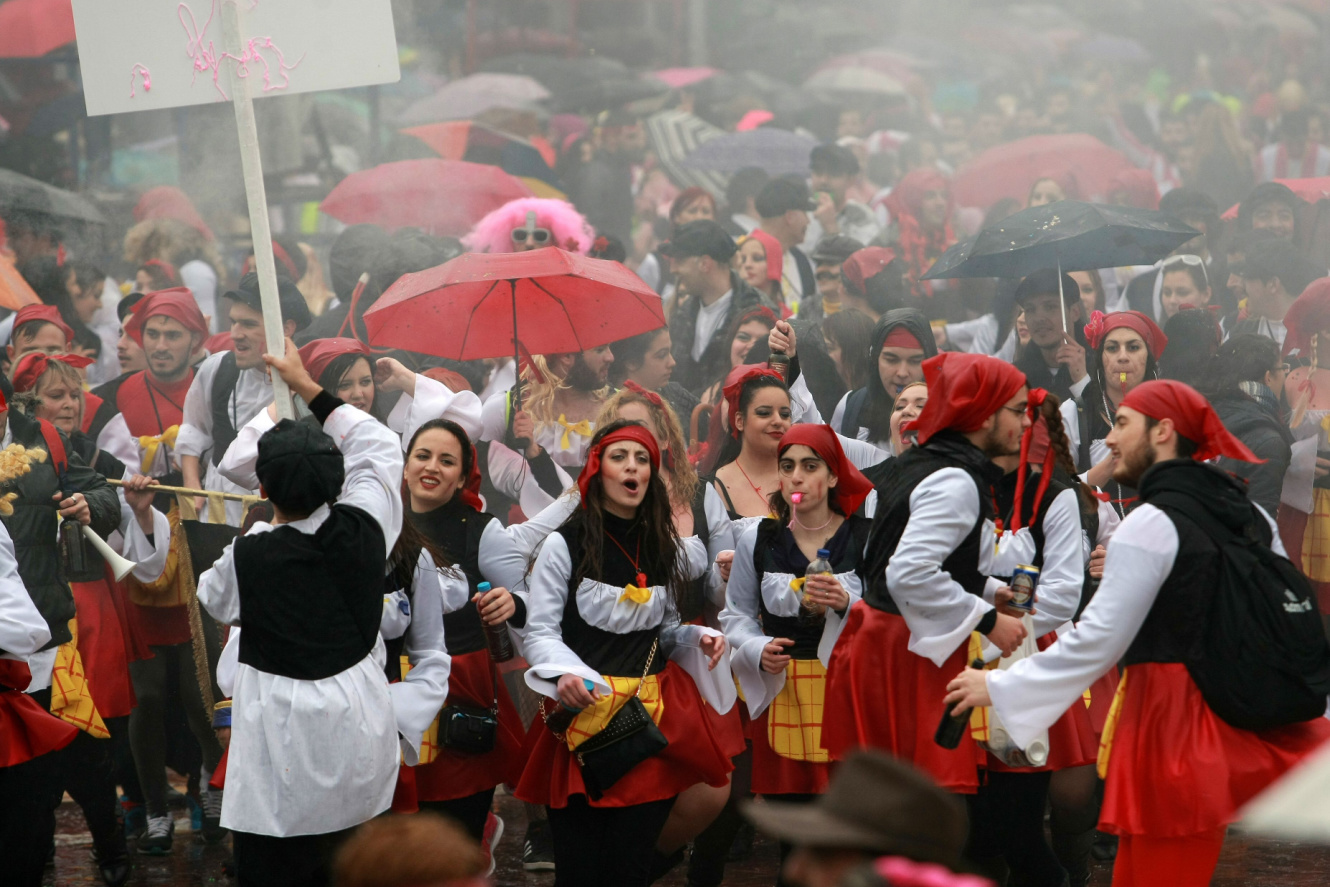
The carnival of Xanthi for many people “plays on equal terms” with that of Patras. It is of course considered the biggest carnival in Northern Greece and is held every year in the “Queen of Thrace”. It includes a number of events and of course the big parade on Sunday. At the Xanthiotiko carnival, apart from dressing up and partying until the early hours of the morning, you can look for interesting cultural events such as book presentations, screenings and performances. There are also many concerts and organised walks around the city to get to know its various aspects. The big Carnival parade starts early on Sunday afternoon and later in the afternoon of the same day the action moves to the bridge of the river Kosynthos, where the custom of “burning the Tzaros” marks the beginning of the end of the carnival. And because you’ll want to eat, if your appetite takes you to the most delicious spit chicken in town, you’ll go to “Pegasus”.
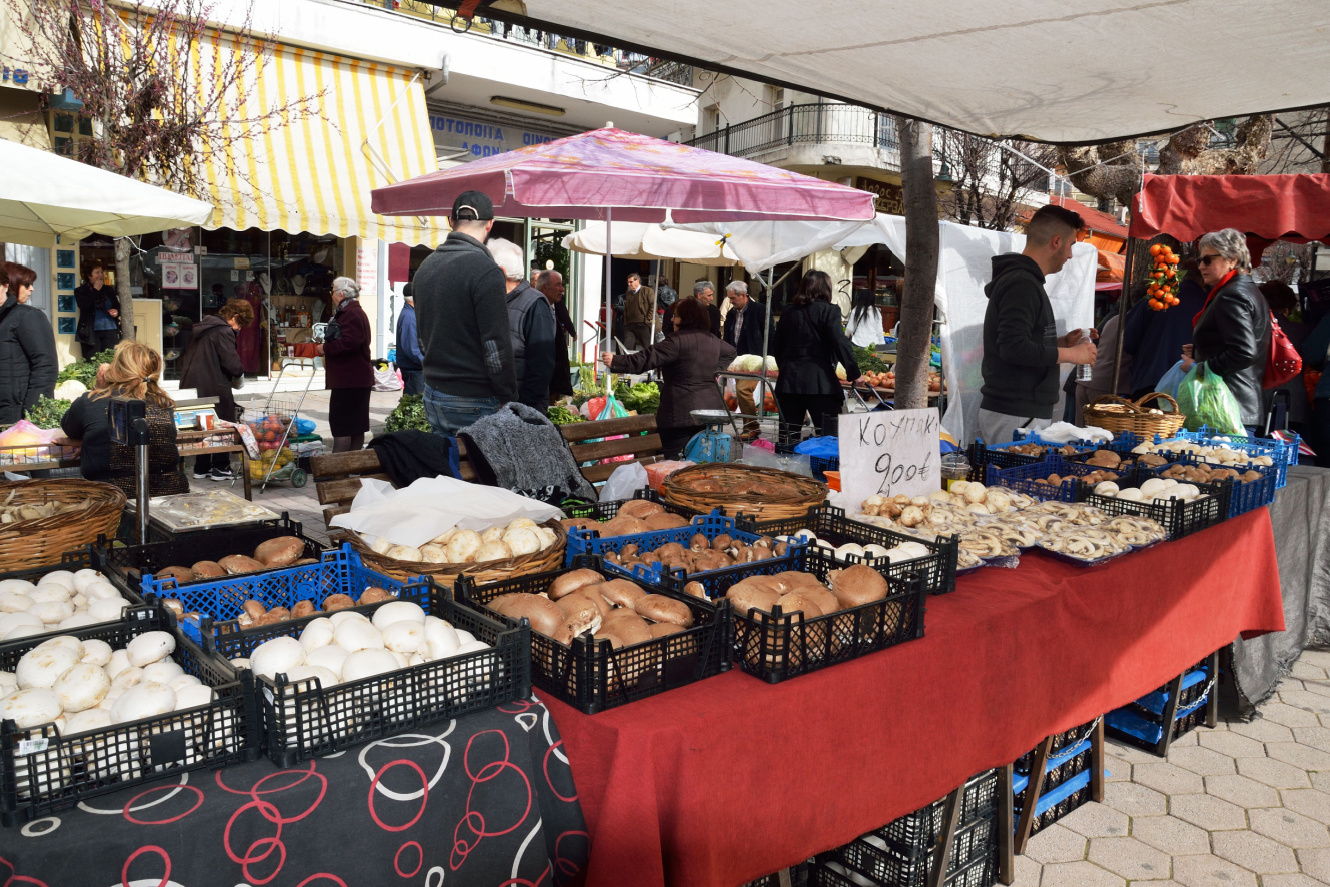
From Ash Wednesday to Carnival Monday, the city of Grevena moves to carnival rhythms, with the focus on Emilienou Square. Events focusing on local associations and institutions take place while concerts and parties will be a daily affair. Don’t miss the brass bands and the brass bands and the carnival lanterns on the night of the Great Halloween. The Mushroom Glamb, is a unique experience where the Mushroom Lovers of Greece, the Mushroom Lovers of Western Macedonia and the Lavdas Mushroom Museum collaborate to cook with fine Greek mushrooms and treat the attendees.
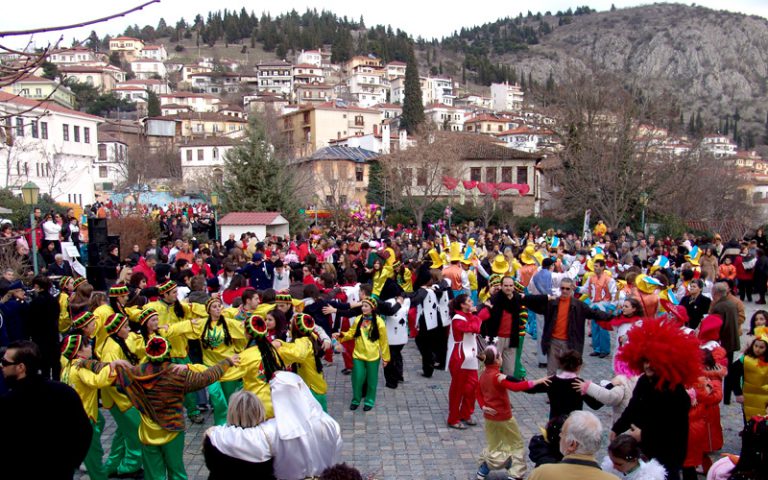
From one end of Greece to the other, Halloween is intertwined with fires. All the evils and evils of the past year are burned at the bonfire, while the lighting is combined with the change of seasons. That is why the young people of Kastoria collect dead branches and store them in bundles – valuable tinder for the big fire. On the evening of the Sunday of Tyrofagos, the city is illuminated by the great hearths of fire: this is how all the demons are burned. The Bubounes of Kastoria symbolize purification and cleansing and the custom is revived in many neighborhoods of the city. The fire is accompanied by brass instruments playing traditional music, drink and wine and food. The most atmospheric Bubuna is the one in Dolcho, the district with narrow streets and traditional houses.

Time and mood for fun and Halloween in Kozani will not let you down. Twelve full days of festivities in the city of Kozani, starting on Ash Wednesday and culminating on the Sunday of Turofagos, just before Clean Monday, with a parade of floats in the city center. All these days, countless events take place all over the prefecture, with the central square of Kozani as the focal point. Theatrical performances, exhibitions, dance nights and of course the custom of the lanterns. The central square of the city is filled with 15 Lanoi who are presented in the central square and then return to their neighborhood to light up. On the evening of Halloween Sunday, all the Lanterns stay lit all night, while singing and dancing is set up around them. Each Lantern has its own brass band, clubs and groups wear traditional costumes and songs are sung in the local idiom and usually contain sexual references, in keeping with the spirit of the days’ freedom. In the restaurant “Tripokaridos” you will find delicacies and dishes with local ingredients.
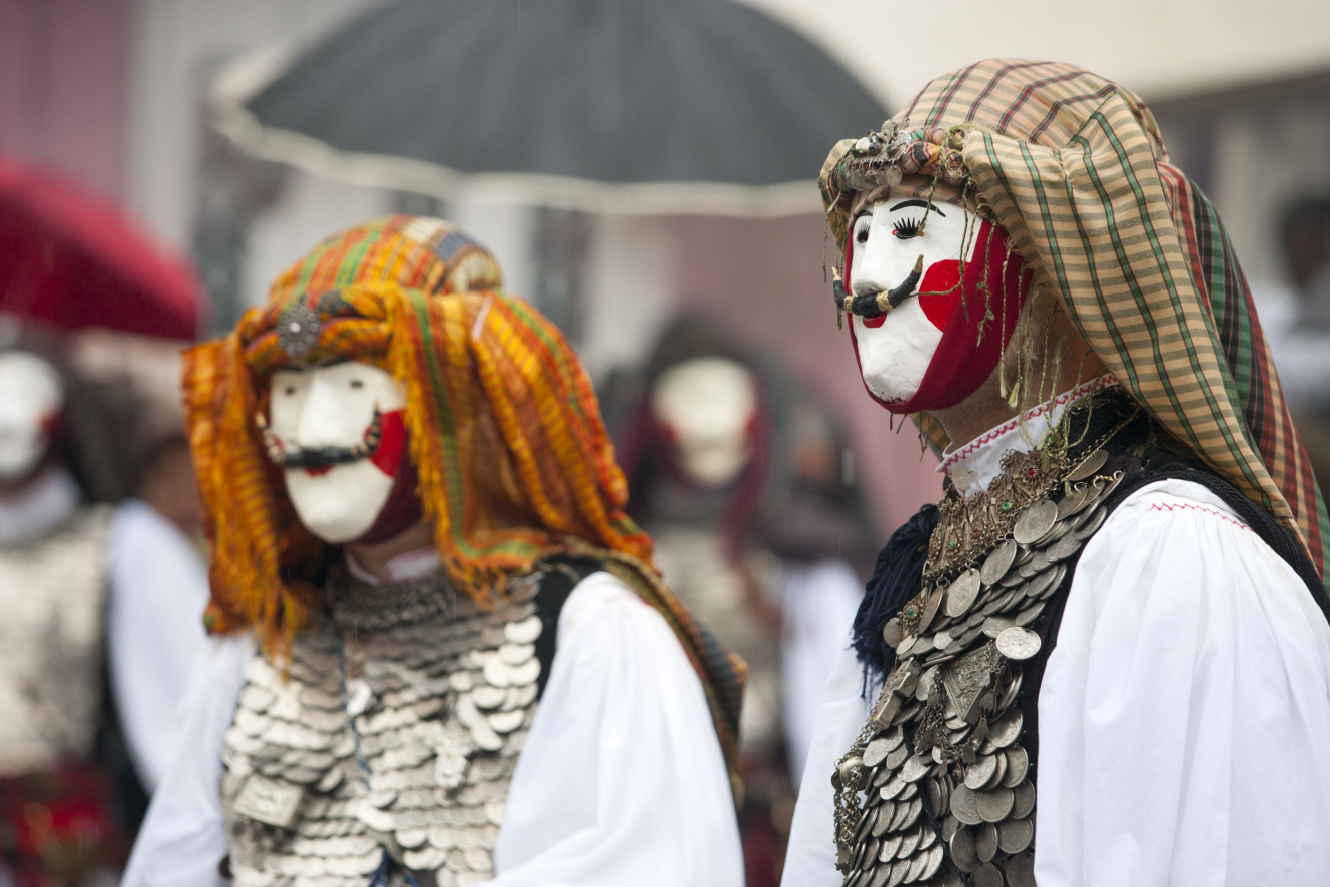
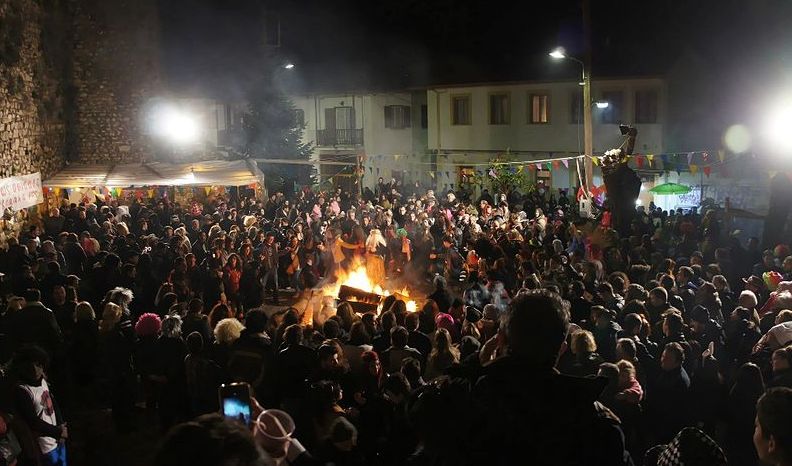
The custom of Jamales in Ioannina includes large fires that are lit on the Sunday afternoon before Clean Monday and around them a three-cover feast is set up with music and dancing. The fires will burn until the early hours of the morning and, as in other parts of Greece, it will act as a cleansing. Every year in the city of Ioannina and the surrounding areas, more than 50 Jamales are set up, with the most popular being that of the Castle. There is also an informal competition for which fire is the strongest and the biggest and the preparations with the wood and logs start many days before. For food, it is worth a visit just outside of Ioannina, specifically at the 7th km of Ioannina-Konitsa, at the restaurant “Gastra” where you will eat delicious grilled food.
Narrow alleys, wooden doors and the old stone tanneries of Amfissa are the backdrop against which the myth of Constantis is revived every year. Lenio was struck by lightning and the young man, after his death, haunted the spring of Harmonia, the spot where his beloved breathed her last. The element acquired over the years supernatural properties, long arms and its form resembled a monster. The “Night of the Elements” includes scarecrows in ruined mansions, scary murals and exquisite costumes, since the custom is organized by the Amfissa Art Workshop and preparations and “staging” begin months in advance. The procession with thousands of disguised people ends on Saturday at Kehagia Square and you should definitely get a table at the historic cafe-theatre “Megalo Kafeneio 1929”. In the place where scenes of Theodore Angelopoulos’ “Thias” were filmed, the celebration continues with performances and live music. For food, head to “Faropoulos” where you can try appetizers and stews.
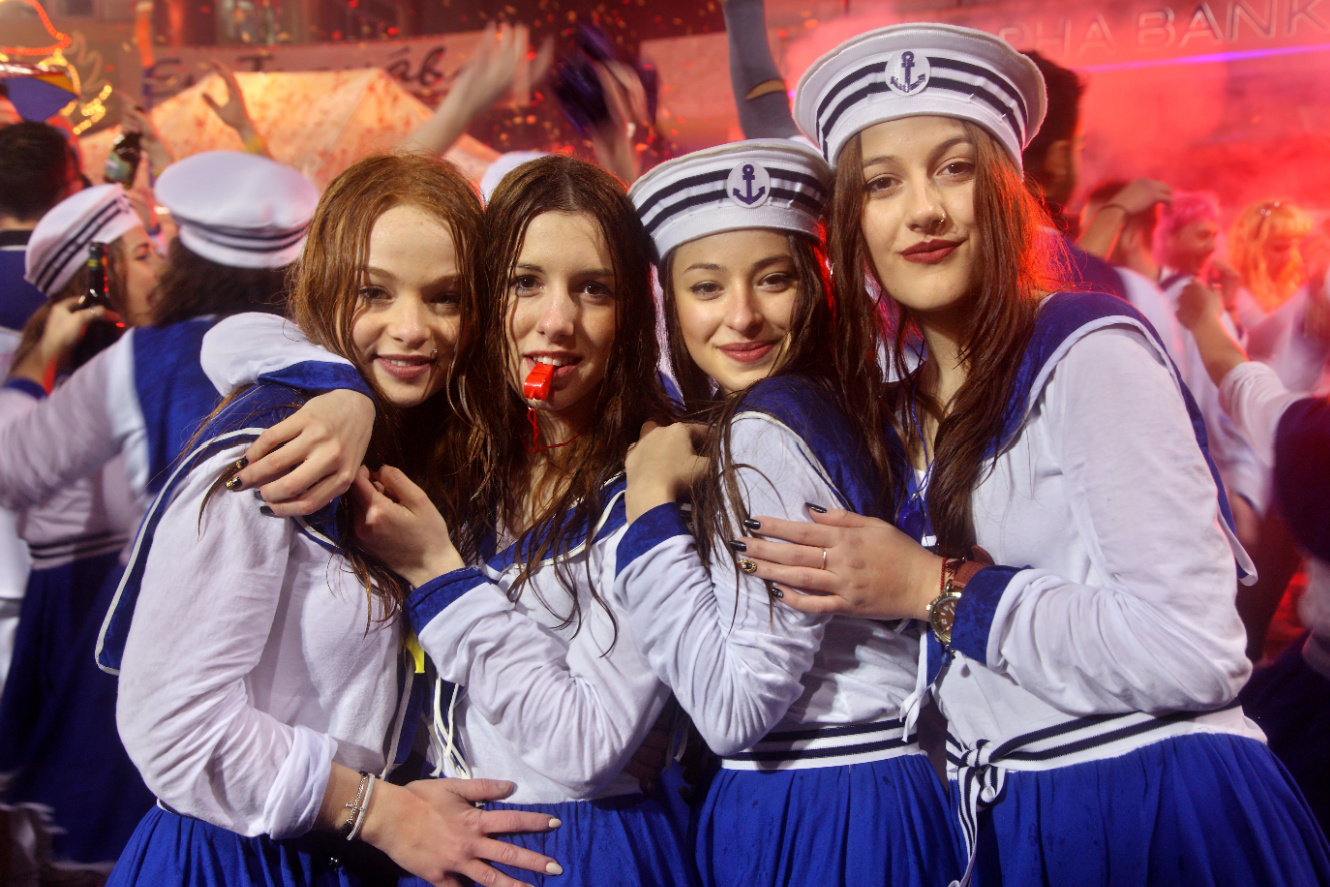
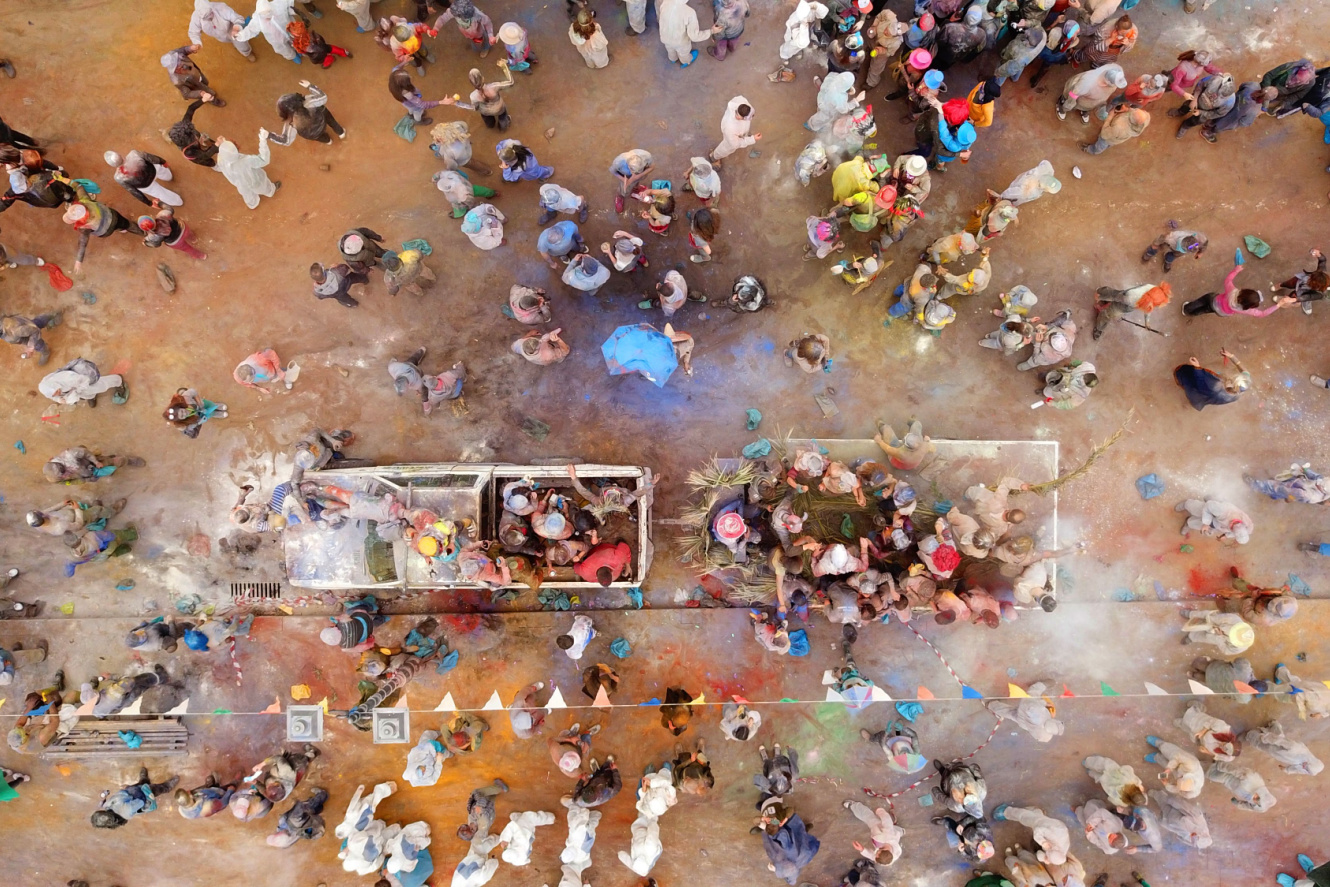
The Aleuromoutzouroma in Galaxidi has a history of more than 200 years, it takes courage and daring. It is thought to derive its origin from Sicily, where similar celebrations took place. The seafaring inhabitants of the coastal city came into contact with such celebrations during their travels and brought them to their place. Shortly after midday on Clean Monday, the signal is given and the convoy of residents and visitors returns to the streets of Galaxidi, scattering colored powders and flour. If you remain untouched by the flour war, look for the “Bebelis” restaurant
.